|
Haliburton H Leech was born 16 Apr 1908, in Wylam-on-Tyne, Northumberland. He competed in 6 King’s Cup races – every year from 1929 to 1934.
His father, Dr. (later Sir) Joseph William Leech, J. P., was the Sheriff of Newcastle-upon-Tyne, and later its M.P.; at the time they lived in Wylam Hall, which according to English Heritage is a vast “rambling house built in the 15th century with 18th-19th century alterations, since divided into 3 apartments”. Haliburton was the youngest of 3 sons.
He went to Harrow from 1922 to 1925, then gained his Royal Aero Club Certificate (No 7993) at Cramlington with the Newcastle-on-Tyne Aero Club, flying a D.H. Moth, on the 10 Apr 1926.
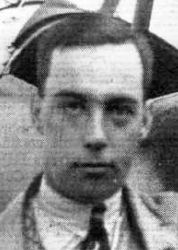
In 1931, Flight described him thus:
“… a well-known figure at flying meetings, as his aerobatic demonstrations in the Martlet are always amongst the prettiest to be seen.
He entered Cranwell as a cadet in 1925, finally leaving there and being posted to Tangmere in 1927.
He was promoted to Flying Officer in July 1929, and in 1930 went to the Royal Aircraft Establishment at Farnborough, and has since been engaged on a great deal of test work, flying a large variety of machines.
This year he was selected as one of the members to join the High Speed Flight at Felixstowe preparatory to receiving his training to take part in the forthcoming Schneider Trophy Race, but, much to his disappointment, he was later sent back to Farnborough, as it was found that there were too many pilots in the flight.
F/O. Leech has raced on numerous occasions in light aircraft, and is always consistent.”
However, during one such aerobatic demonstration, one cynic pointed out that "After all it does not matter if he does crash, as his father is a doctor!”
In 1932, he piloted the Royal Aircraft Establishment’s Scarab (a parasol-wing modification of the D.H. 53 Humming Bird) on its first flight.
He was posted to the School of Naval Co-operation, Lee-on-the-Solent, on the 1st March 1934, then (as a Flight Lieutentant) to No. 824 (F.S.R.) Squadron, Upavon, on the 8th October 1934.
 |
Here he is (with a bandaged left hand) with Leslie Runciman, 'C.C', and Connie Leathart, amongst others |
He was best man at his elder brother Basil's wedding to Grace Luckham in September 1937, then married Miss Ruth Janet Chernocke Elliott (the younger daughter of Mr and Mrs A E Elliott of Little Hill, Bromeswell, Woodbridge) at Eyke Church, Suffolk on 9th October 1937. The happy couple then left by air, from Martlesham, 'for abroad'.
He retired from the RAF in September 1938 due to ill-health, and died 5th May 1939, in St Bartholomews Hospital, when he was only 31.
Unusually, 'Flight Magazine', who carried innumerable references to his flying displays, carried no news of his death - normally they would have produced a short obituary of someone so well-known in aviation circles.
His gravestone (with thanks to the Gravestone Photographic Resource) is in Eyke Church:
 "To the beloved and wonderful memory of Haliburton Hume Leech". "To the beloved and wonderful memory of Haliburton Hume Leech".
His father, Sir Joseph, died a year later.
Ruth married a Mr Foster in 1940 and died in 1986 in Ipswich; she was referred to as 'Ruth Janet C Lady Foster'.
He competed in loads of air pageants and races throughout the 30s, including:
- The Kingston-upon-Hull Air Race, at the Hull Air Pageant which was held to celebrate the opening of the Hull Aero Club clubhouse in April 1930.
The 7 entrants were Leech (flying "Miss Perry's D.H. Moth G-AASG" *); Winnie Brown flying her Avian G-EBVZ; Winifred Spooner in her D.H. Moth G-AALK; Ivor Thompson (D.H. Moth G-AACL); Alfred Jackaman (D.H. Moth G-AADX); Robert Cazalet in his Westland Widgeon G-EBRM, and Capt G Thorne in Avro Avian G-AAHJ.
Leech finished first but was disqualified for ‘not turning at one of the marks’.
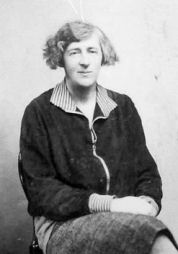
* Miss Violet Perry (seen here), who flew at the Berks Bucks and Oxon Club, is not listed as the owner of G-AASG, though; it apparently belonged to 'Miss M Shillington'.
September 25, 1932 saw him coming 3rd in the Yorkshire Trophy Race - "175 and a half miles over two triangular circuits" in the Arrow Active, behind Edgar Percival in a Gull, and Col. Louis Arbon Strange in his Spartan.
Later, "F/O. Leech gave one of his thrilling, if not hair-raising, displays on the Arrow Active."
In July 1933 he was in the Cinque Ports Wakelfield Cup Race; coming 3rd in a Pobjoy-engined Comper Swift.
A few weeks later (12 August 1933), he put up the fastest time in the London to Newcastle Race in Richard Shuttleworth's Gypsy-engined Comper Swift G-ABWW, but ended up 5th (of 10) on handicap. He received a cheque for £10 for his effort; the 166.09 mph was "the highest registered speed obtained on any British light aircraft" at the time.
In July 1937, he was listed as one of 15 competitors in the Devon Air Race (which also included Alex Henshaw, Connie Leathart, Tommy Rose and Geoffrey de Havilland) but withdrew before the start.
In the King’s Cup:
1 - G-EAUM (1929)
This aircraft was a real-old-timer, an Avro 534 ‘Baby’, first registered in July 1920. Squadron Leader Harold Payn had raced it in 1922, and R. A. Whitehead (who sold it to Leech) in 1928. Leech, in turn, sold the aircraft to H.R.A. Edwards, and it was finally withdrawn from use in November 1934.
2 - G-AALK (1930)
This D.H.60G Gipsy Moth was almost new (first registered August 1929), and belonged to the Household Brigade Flying Club at Hanworth. It was flown by Squadron Leader the Hon. Frederick E Guest in the 1931 race, then went to Wrightson Air Hire, but crashed at Shackend Railway Station near Hawick in April 1937.
This Southern Martlet 205 had only been registered in January 1931, and belonged to Miss J Forbes-Robinson. Theodore C Sanders flew it in the 1933 King’s Cup race. It was withdrawn from use in 1940, but went to the ATC during WWII, until it was finally cancelled in December 1945.
4 - G-ABVE (1932, 1933)
G-ABVE was the only Arrow Active II ever built, registered in March 1932 to Arrow Aircraft Ltd of Yeading, Leeds. Leech flew this aircraft in the 1932 and 1933 races, achieving 137mph.
In an extraordinary link with MacRobertson aviator Geoffrey Shaw, they were together in July, 1932:
"Six members joined the Yorkshire Aeroplane Club during June, amongst them being Mr. Geoffrey Shaw and Mr. A. C. Thornton. The latter is the designer of the" Arrow Active," and his latest production, the "Active II" has been much in evidence, being tested by F/O.H. H. Leech."
After the race, it was stored at Yeading until 1957 before being completely renovated in 1958, with the installation of a 145-hp Gipsy Major engine. It survives, and is now in the Real Aeroplane Collection at Breighton Aerodrome, Selby, Yorks.
Unfortunately, the registration of this brand-new Percival D.3 ‘Gull Six’ did not prove prophetic; Leech only managed fifth in the heats, despite averaging 160mph. The Gull went on to re-appear in the Kings’ Cup in 1938, flown by H Thomas-Ferrand, and was then sold in Australia in May 1939.
Haliburton Hume Leech - Wikipedia
|



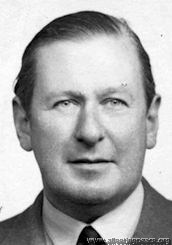 Jack', chief test pilot for for Blackburn, later a Wing Commander. Susan Slade's cousin.
Jack', chief test pilot for for Blackburn, later a Wing Commander. Susan Slade's cousin.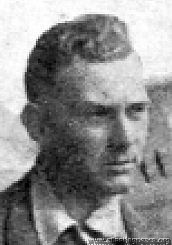
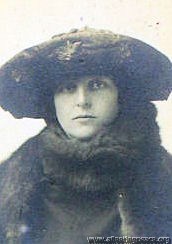 1927, aged 37
1927, aged 37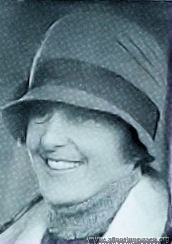
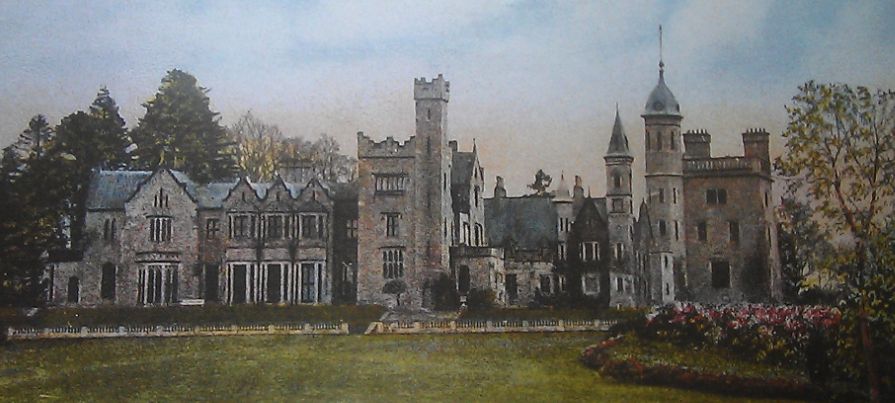 www.monaghan.ie/museum
www.monaghan.ie/museum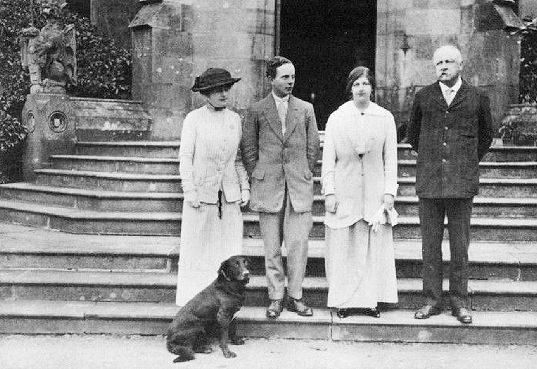 Throttle Full Open
Throttle Full Open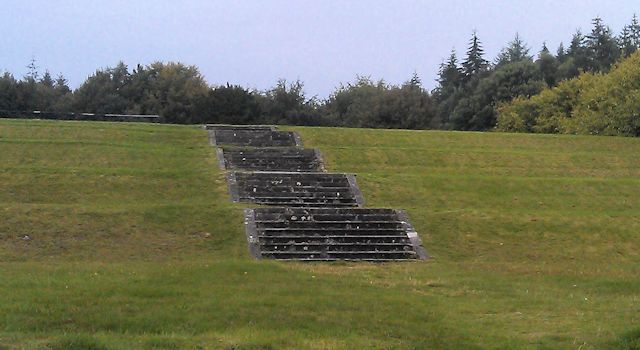
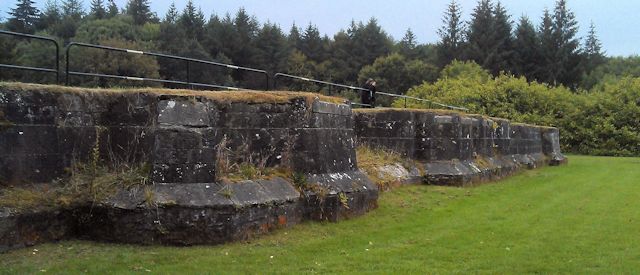
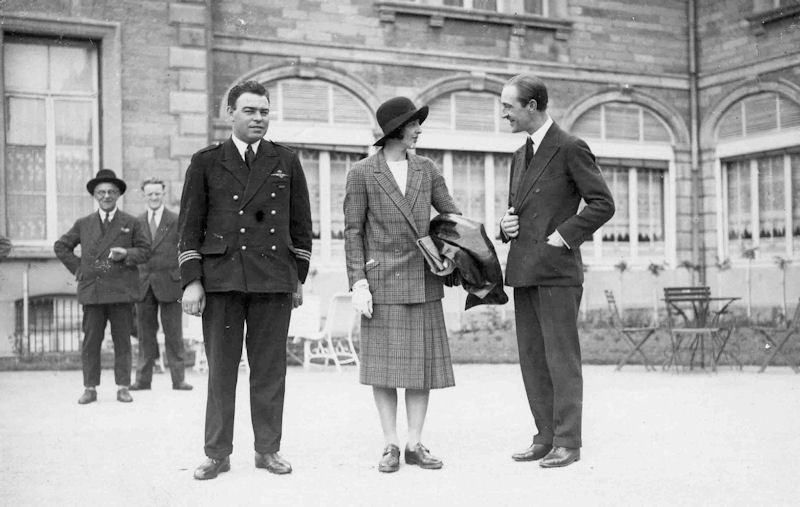
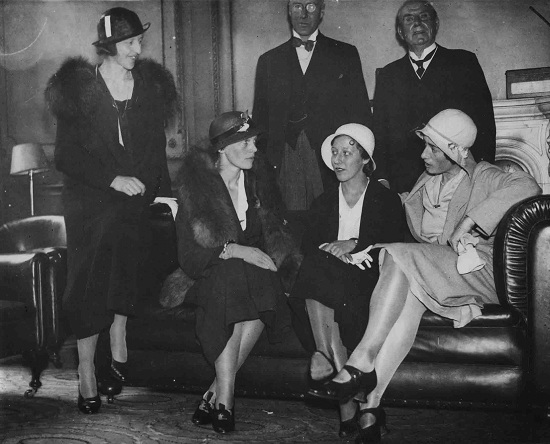
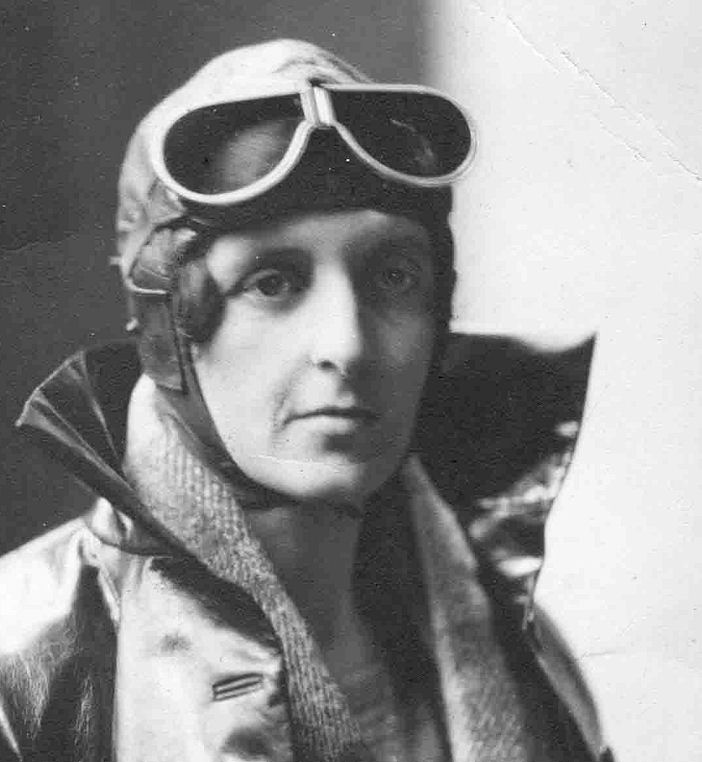
 photo: 1930, aged 33
photo: 1930, aged 33
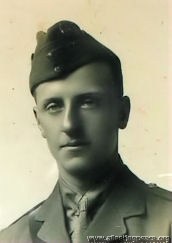 photo: 1917, when a 2nd Lieutenant in the RFC
photo: 1917, when a 2nd Lieutenant in the RFC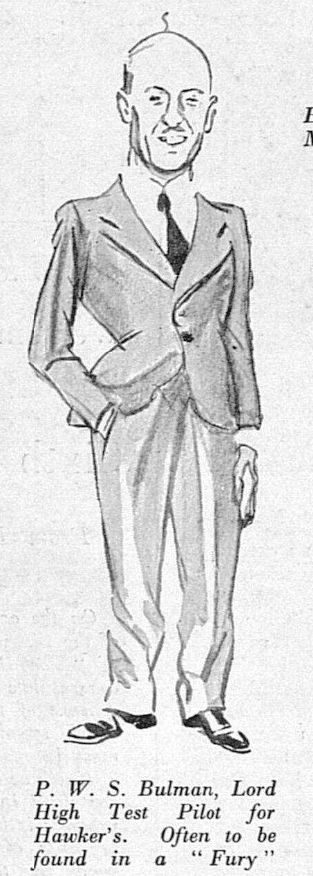 The Bystander Special Aviation Edition, 1933
The Bystander Special Aviation Edition, 1933 seated in a prototype Hurricane c.1946
seated in a prototype Hurricane c.1946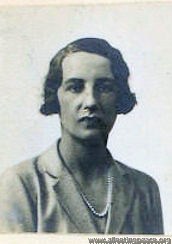
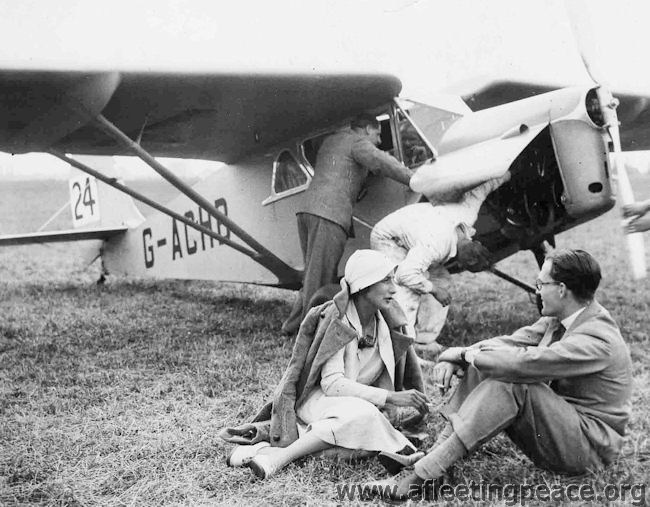 King's Cup 1933
King's Cup 1933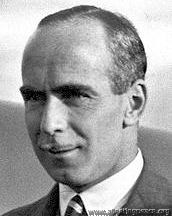 photo: 1934
photo: 1934

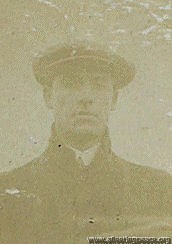 1911, aged 29
1911, aged 29  1936, aged 54
1936, aged 54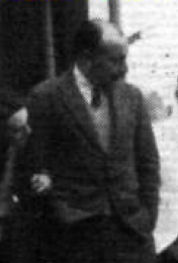 1932
1932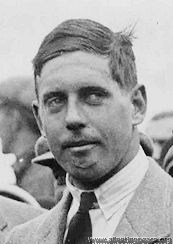 1931, aged 26
1931, aged 26
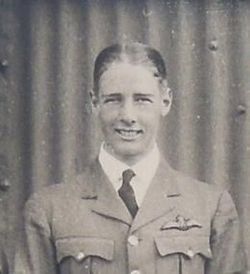
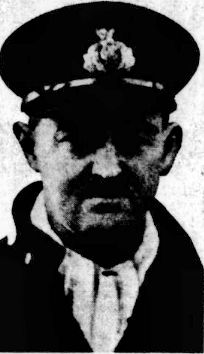
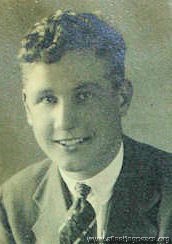 1932, aged 20
1932, aged 20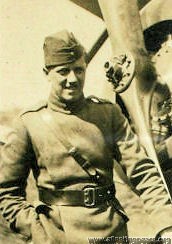 1917, when a 2nd Lieut in the RFC, aged 20
1917, when a 2nd Lieut in the RFC, aged 20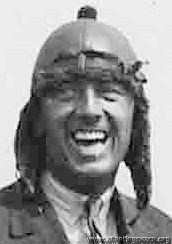 1928, aged 31
1928, aged 31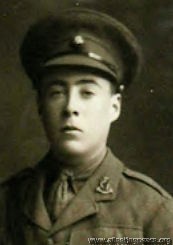 1916, when a 2nd Lieut, Royal Irish Rifles, aged 18
1916, when a 2nd Lieut, Royal Irish Rifles, aged 18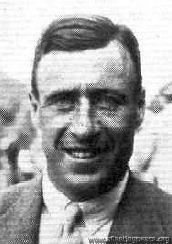 1931
1931


 "To the beloved and wonderful memory of Haliburton Hume Leech".
"To the beloved and wonderful memory of Haliburton Hume Leech".
